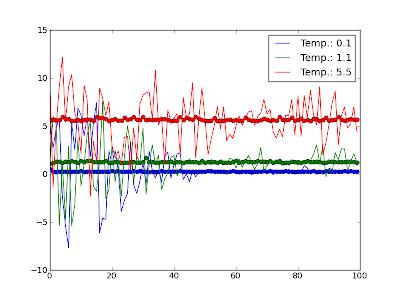header
foo
foo
foo
header
bar
bar
bar
header
baz
baz
baz
where we want the "header" be replaced by "model {1,2,3}".
I was pointed out to a couple of solutions over at LinuxQuestions.org
An awk solution.
$ awk 'BEGIN { cntr = 0 } /header/ { cntr++ ; print "model", cntr } !/header/ { print $0 }' infile
where 'infile' contains the data.
A bash solution.
#!/bin/bash
filename=data
index=1
for entry in `grep -n model $filename`
do
line=`echo $entry | awk -F":" '{print$1}'`
sed -e "$line s/model/model $index/" -i $filename
index=$(($index + 1))
done
An even shorter awk solution.
awk '$0 = /header/?"model "++c:$0' file
A one line bash solution
unset count; while read line; do [[ $line =~ header ]] && line="model $((++count))"; echo "$line" >> oufile; done < infile
Great to have the support from the online community.

